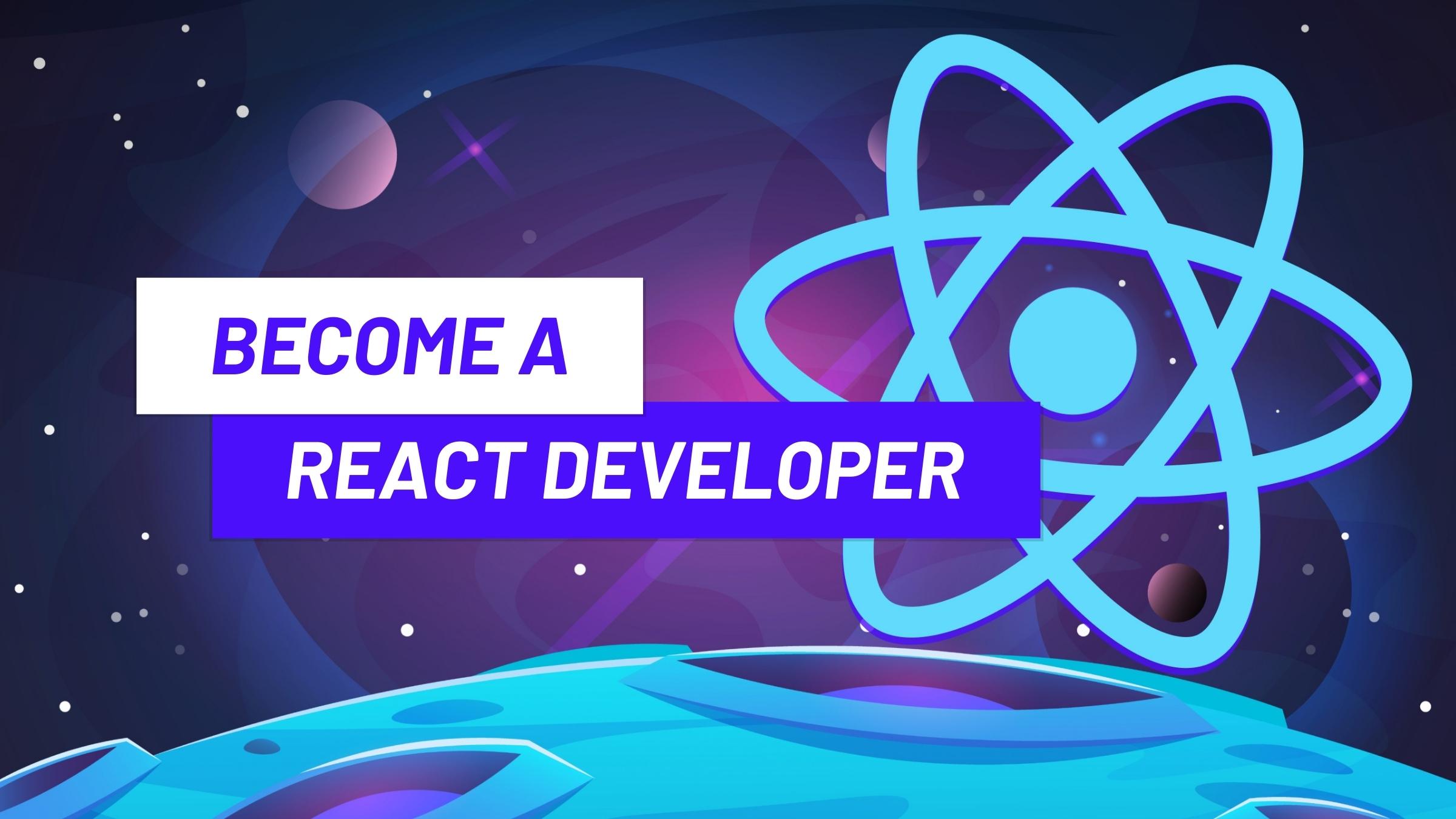News Blast: Your Daily Dose of Information
Stay updated with the latest news and insights from around the world.
React Like It’s Hot
Unleash the heat of React! Discover tips, tricks, and hottest trends to elevate your web development game. Dive in now!
10 Essential React Hooks You Need to Know
React Hooks have revolutionized the way we build components by allowing us to use state and lifecycle features without writing a class. Among the myriad of hooks available in React, 10 essential React Hooks stand out for their versatility and widespread use. Understanding these hooks helps streamline your coding process and enhances your application's performance. Here’s a brief overview of some key hooks:
- useState: This hook lets you add state management to your functional components.
- useEffect: Perfect for handling side effects, this hook serves as a substitute for lifecycle methods such as componentDidMount and componentDidUpdate.
- useContext: Ideal for state management across multiple components, it allows you to share values easily without prop drilling.
- useReducer: This hook is useful for managing complex state logic, functioning similarly to Redux.
- useRef: It enables you to persist values across renders and access DOM elements directly.
- useMemo: This hook prevents expensive calculations on every render by memoizing values.
- useCallback: It returns a memoized version of a callback function, helping optimize performance.
- useLayoutEffect: It runs synchronously after DOM mutations, ensuring the layout is updated before the browser paints.
- useImperativeHandle: This hook customizes the instance value that is exposed when using ref.
- useDebugValue: It can be used to display a label in React DevTools for custom hooks.

How to Optimize React Performance: Tips and Tricks
Optimizing React performance is crucial for delivering a seamless user experience. To achieve this, start by utilizing React's built-in optimization techniques. One effective method is employing the React.memo function to prevent unnecessary re-renders of functional components by memoizing their output. Additionally, you can use the shouldComponentUpdate lifecycle method in class components to control updates, ensuring that only components that require re-rendering are updated, greatly improving overall application speed.
Another essential tip for enhancing React performance is minimizing the size of your bundles. Implementing code splitting through dynamic import() allows you to load only the necessary parts of your application, reducing the initial load time. Furthermore, consider using libraries like React.lazy and Suspense to simplify the process of loading components lazily. Finally, always keep your component hierarchy flat; deep nesting can lead to performance bottlenecks due to increased complexity in updates. By combining these strategies, you'll ensure your React applications run more efficiently.
What Are the Common Challenges in React Development and How to Overcome Them?
React development presents several common challenges that can hinder a developer's productivity and the overall effectiveness of the application. State management is often at the forefront of these challenges, especially in larger applications where multiple components need to share and synchronize state. Tools like Redux or Context API can facilitate state sharing, yet they come with their own learning curves and complexities. Additionally, performance optimization becomes crucial as the app scales. Developers must be vigilant about re-renders and utilize techniques such as lazy loading and memoization to maintain smooth user experiences.
Another notable challenge is keeping up with the rapidly evolving ecosystem of React and its surrounding libraries. With frequent updates and new tools emerging, it can be overwhelming to choose the right libraries and practices. A structured approach to learning and adopting new technologies is essential; consider following reputable blogs, engaging in community forums, and participating in local meetups to stay informed. Lastly, issues with testing React components can arise, but using testing libraries like Jest and React Testing Library can simplify the testing process, allowing developers to ensure component reliability and performance throughout the development lifecycle.